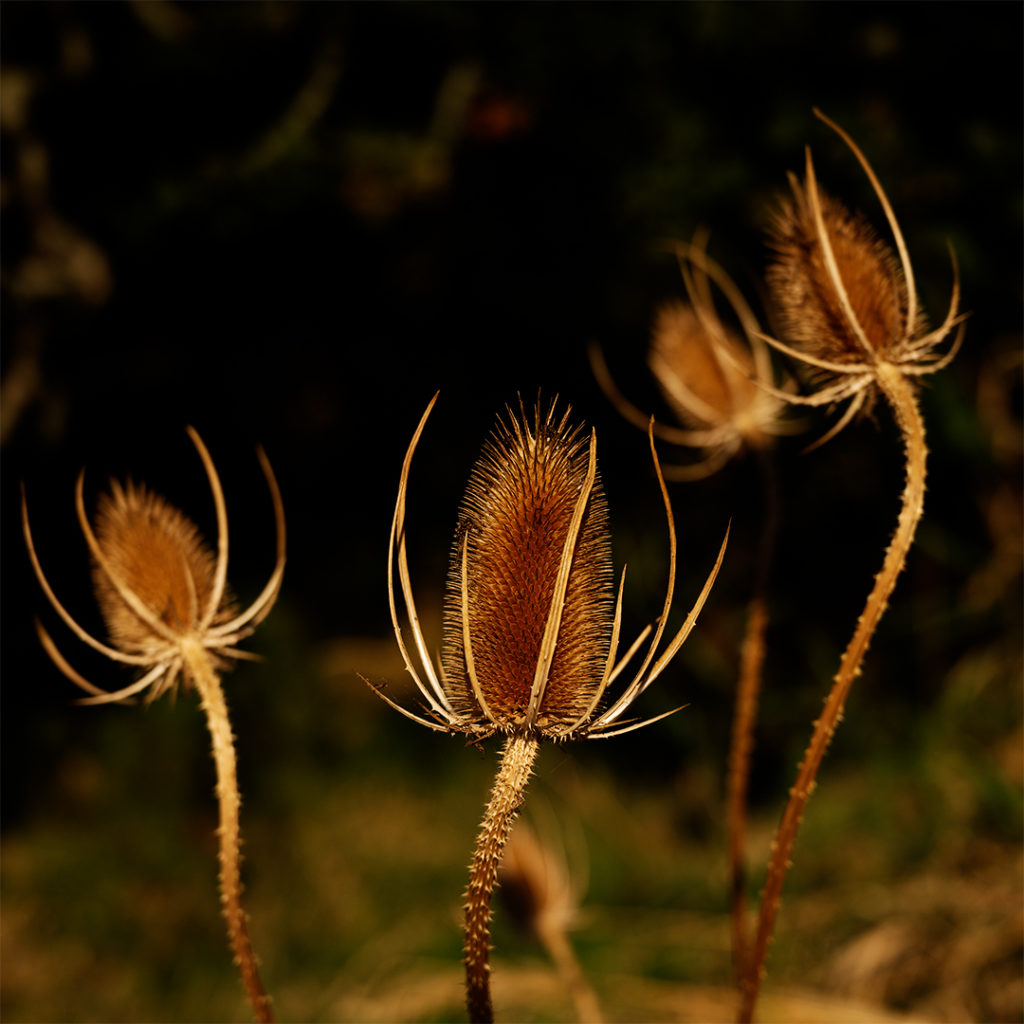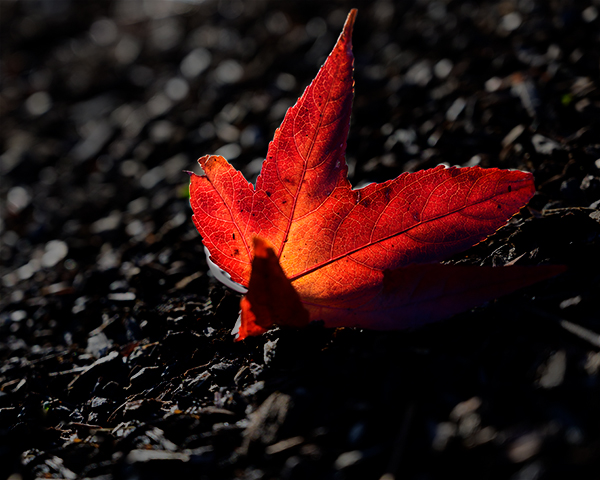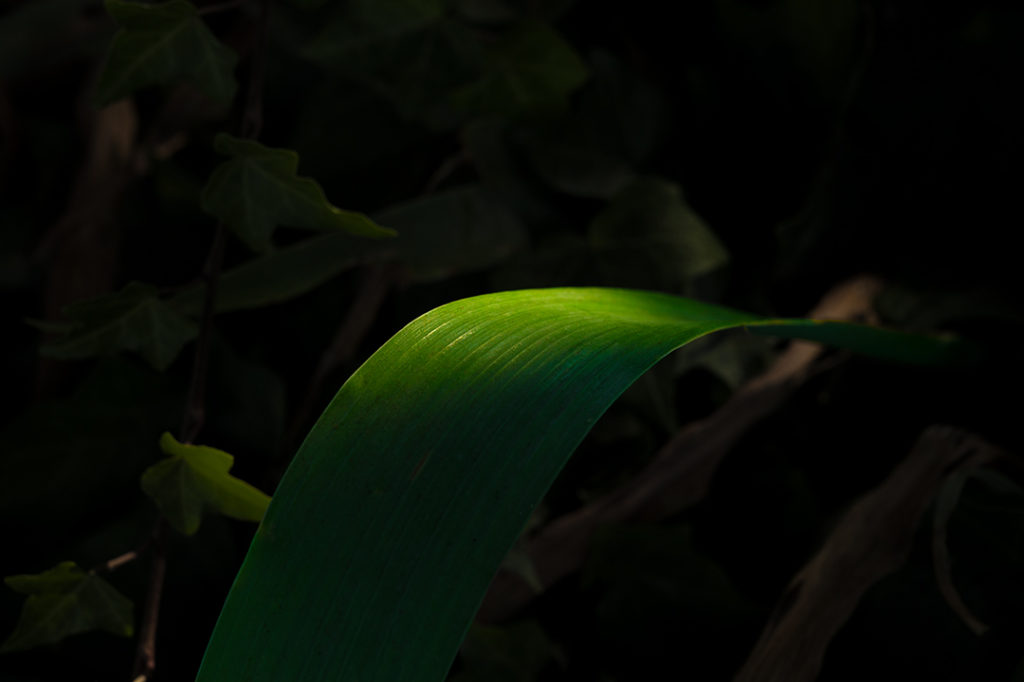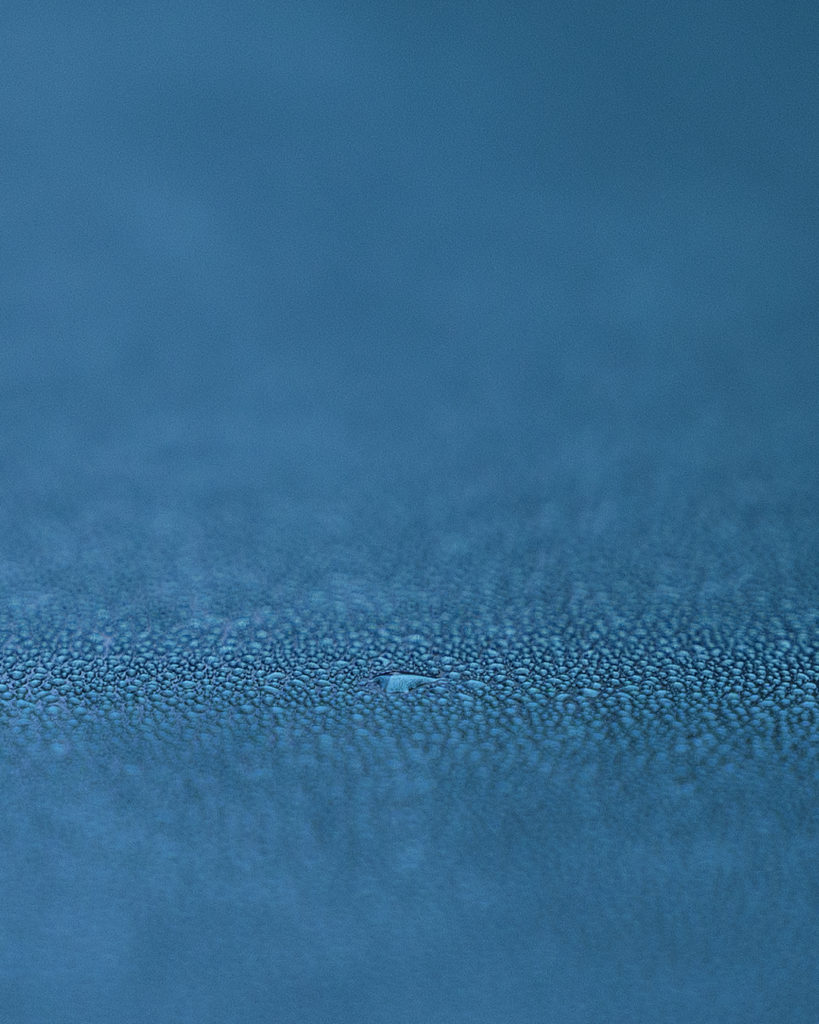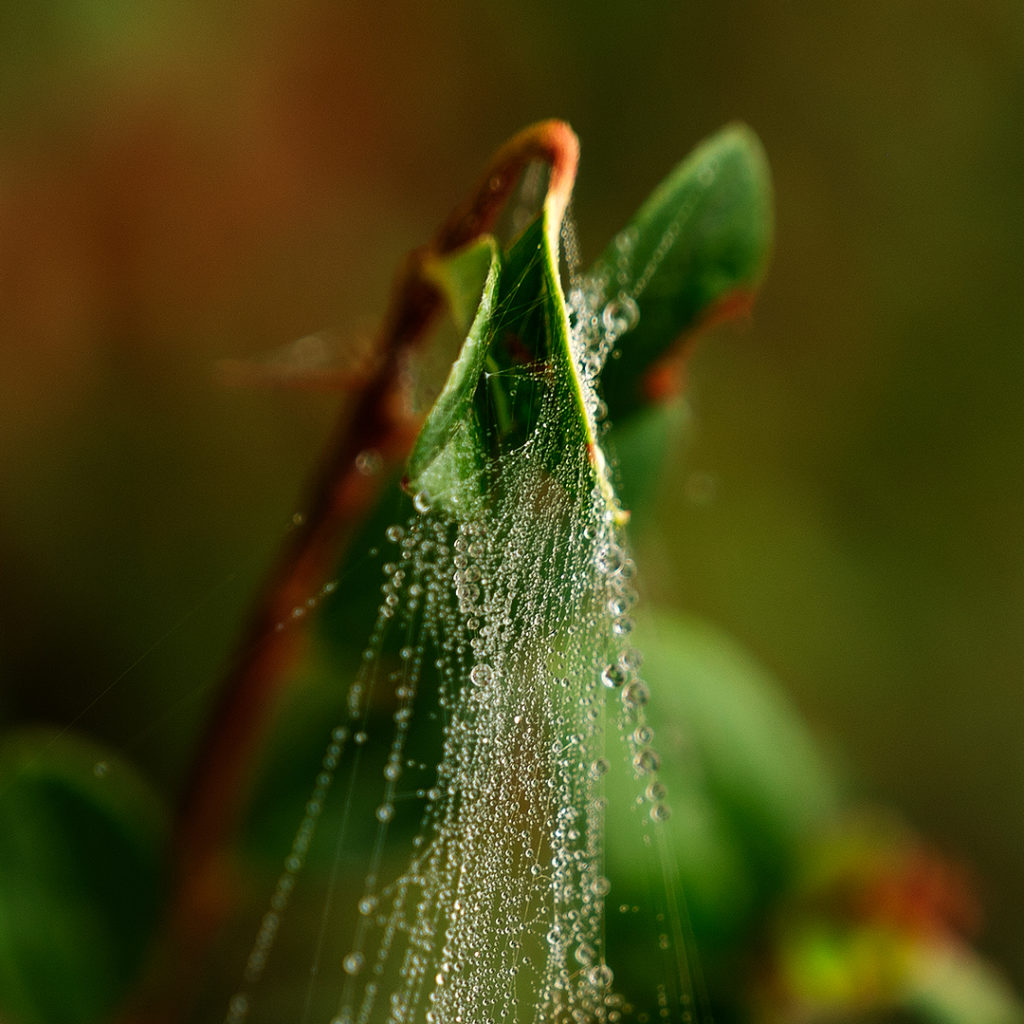Thinking With Art
Much of our world today is governed by structured thinking and reasoning. Perhaps not day-to-day life for individuals, but business, government, science, and technology are all operated through well-defined rules and processes. This is a reductionist approach to understanding and affecting the world.
The reductionist approach works for things that are well understood, but I’m not sure it’s always as effective when faced with great uncertainty or ambiguity. Things like human behavior or topics at the edges of science like consciousness are harder to deal with analytically than physics or chemistry.
As such, I wonder if some ideas are better explored through other ways of thinking, such as art. This is more context-aware, more grounded in human experience and society. Although there are reductionist elements to it, perhaps in the craft portion, there is also an intuitive, creative aspect. Perhaps this is a way of thinking through a topic in ways different than typical rational processes.
Read more
Sufficient Photography
Some things in life are necessary, but not sufficient. For example, we need food to live, but we also need water, air, exercise, and so on. Food alone is not enough, it is not sufficient.
While this seems obvious for some things like food, it’s harder to remember in other places such as when exploring new ideas, doing experiments, creating pictures, and so on.
For example, when taking typical pictures, things like proper exposure are necessary, but that is not sufficient to make a good picture. We still need to worry about proper focus, aperture, ISO, and so on, in order to produce a desired picture.
But even control of all the technical parameters is not enough if there is no artistic vision. There needs to be some sense of meaning and aesthetics in order to really craft a picture. Without those ephemeral things, we are simply making a snapshot. Maybe interesting, especially if the subject is profound, but generally not sufficient to create art.
Read more
Careless Vision
A single dried leaf lays on the ground, backlit by the afternoon sun.
Glowing, reminding us of life that it used to hold, now fading like the sunlight itself.
A little moment of beauty that’s easy to miss in the daily rush.
A careless step and this bright little wonder would be ground underfoot.
It is often said that we should stop and smell the roses, to take the time to appreciate the beauty all around us. Before we can do that, however, we need to take the time to notice the beauty in the first place. Perhaps one reason it’s so easy for us to miss the smell of roses is that we are ignoring the flowers.
Read more
Photographic Confirmation Bias
In photography, it is often thought that we need better scenes in order to take better pictures. For example, National Geographic photographer Jim Richardson said “If you want to be a better photographer, stand in front of more interesting stuff.” This seems to reflect a common perspective.
The implication is that there are places which lack interesting stuff, so we need to go elsewhere.
This is often exemplified by people going to extreme locations in order to get great pictures. And of course, they are often successful because there are indeed wonderful things to see there.
Read more
Looking Closer
This is a picture of a plant that, at first glance, seemed to be dead. Maybe it really was, I’m not sure. However, a closer look revealed these little tufted ends, probably some sort of flower, so I took this picture. I think it’s interesting, like a little unexpected bit of elegance.
It’s also interesting because of the lesson it gives that we sometimes need to look closer at things to see their beauty, to see all that’s there. Photography is often about seeing, but it’s so easy to focus on what is easy to see, what would be obvious to anyone looking at the same thing.
Read more
Outside the Region of Clarity
This is an example of limited depth of field. Only a narrow band is clear, and things become fuzzy when we move away from it. The further we get from the band of focus, the less we can see what’s going on.
In this simple case, it’s pretty easy to see that there’s not much going on in the fuzzy regions; we can infer, probably pretty accurately, that the same drop-covered surface extends in both directions and the result is just an increasingly smooth tone as things get more and more out of focus.
If there was more going on in the fuzzy areas, with vague lines and objects, regions of different color, and so on, then we might be able to guess what’s going on. Of course, the likelihood of being right diminishes the further we get from the zone of clarity even for a richer image.
Read more
Consciousness and Spherical Photography
Previously I have written about how spherical photography can be a metaphor for looking around, and how it illustrates the value of doing so. There is no comparable way to change the view in standard photography, of course. However, we can still choose what part of a photograph to focus on.
Generally, however, our eyes move around a photograph without much conscious effort, and photographers often design pictures to guide the viewer’s gaze through the use of color, composition, and so on. The general tendency is to follow the artist’s lead.
With spherical photographs, however, we not only have the ability to look around more, but that action is generally much more deliberate. Instead of the unconscious movements of our eyes, viewing a spherical photo involves moving a mouse, or swiping on a screen, or moving our head while wearing a special headset. In any case, it is a much more deliberate, conscious effort.
This difference between static photographs and interactive spherical photographs allows us to explore some of the ideas around what is meant by “conscious” in this sense. It typically refers to an act done with deliberation and full awareness. Implying, among other things, that there is a mind, a consciousness, involved.
We use this term easily; it seems to be something that we all understand even though the nature of consciousness itself is still a mystery. Are we just the result of chemical reactions, so that looking at a spherical picture just involves different chemical reactions? Or is there more to us than that, something beyond the material, such that the viewing intent is as mysterious and non-physical as our minds?
This is a question that science has not yet answered. It’s not even clear if science can answer it since it may involve things beyond the physical, material world. Even defining the problem is still a challenge. Thus, we may need additional tools, which is why some mind researchers have suggested that the arts offer interesting insights into the nature of consciousness.
Perhaps photography can play a role here, and that is one of the reasons that spherical photography is more interesting than just another way to create pictures. Perhaps it can help explore the mystery of consciousness.
For, if the mind is more than just material, this has big implications for our understanding of all reality, of the whole universe.
Dance of the Thorns
This picture of weeds looks very different depending on how we see it. Looking closely at the plants, they seem spikey, forbidding, like they will break if touched. But looking at the overall arrangement, it evokes the graceful lines of ballet dancers — easy to imagine flowing movement.
This is an example of how observing things at different scales can cause us to see them differently.
Read more
Local Wonder
Photographers, and artists in general, often use the idea of an “artistic vision” to describe the kind of work that they do. I find that idea to be helpful, that it can provide focus when working on my own art and craft. Of course, it’s always great to work on things just for fun, and a lot of good work can be produced that way. But for myself, it helps to also have a focus, a goal when setting out to create pictures.
So, here is a first pass at what I’ve found most interesting to pursue in photography. I call it “Local Wonder”.
Read more
Convergence
This scene caught my eye because of the way many strands of web all converged on the single leaf. This was taken on a foggy morning, and the strands stood out because they were covered in drops of water. I think the thing that seemed surprising was the sheer number of individual strands.
Looking at it later, I was also struck by the many different places that the strands came from, creating a powerful structure for catching food. The individual strands work together, producing something that is stronger than a single single one.
Ideas can work this way.
Read more

